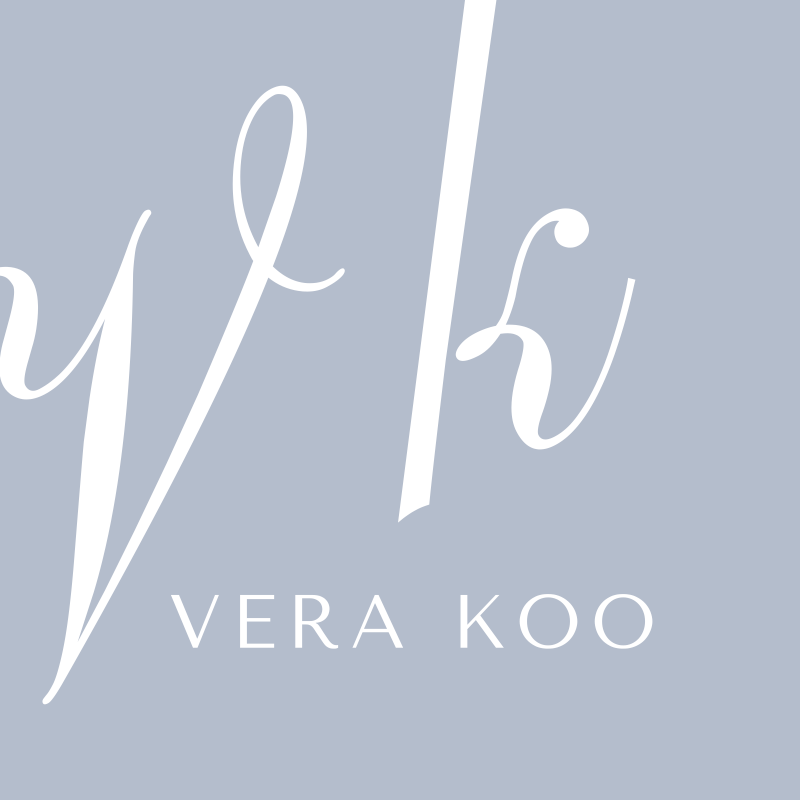By Vera Koo, Women’s Outdoor News, Published August 15, 2019
In this story about a recent trip to see plays in New York City, columnist Vera Koo describes a life-changing event that occurred because she saw Glenda Jackson in “King Lear.”
CliffNotes saved me on book reports while I was in school. I remember we were assigned a William Shakespeare book or 2, but I do not recall reading them. Again, CliffNotes to the rescue.
So, it was with a bit of trepidation that I signed up to see “King Lear” during a tour of Broadway shows in New York City this summer. That play was an optional add-on to my tour. I paid extra to tack it on to my itinerary.
Although I was not sure whether the play would appeal to me, or even whether I would understand the language or the plot, I wanted to challenge myself. Part of the beauty of art and theater is that they expose you to new perspectives and ideas.
I loaded a bag of Life Savers into my purse for the play. I figured if I got drowsy, the sweet treats would save me. The candies were a fun treat, but they weren’t what kept me engaged. Glenda Jackson did.
The 83-year-old English actress dazzled in her performance of “King Lear.”
Jackson’s rendition showed the power 1 person can have in opening someone’s mind to something new or enhancing someone’s worldview. Thanks to Jackson’s performance, I came away loving the play. I would willingly see more Shakespearean works in the future. They are a chance to learn and to enrich my life, and I am glad I challenged myself to see this play.
The Plot of ‘King Lear’
“King Lear” is the story of an aging British king who plans to divide his kingdom among his 3 daughters. His 2 eldest daughters show him disingenuous love and affection. His youngest daughter does love him, but she declines to flatter him. Angered, the king splits her share of his kingdom between his eldest daughters. The king and his youngest daughter make amends near the end of the play before meeting a tragic fate.
Go To Full Article | Translations: 继续阅读簡體字 Simplified Chinese – 繼續閱讀繁體字 Traditional Chinese

